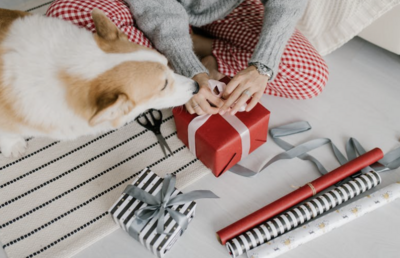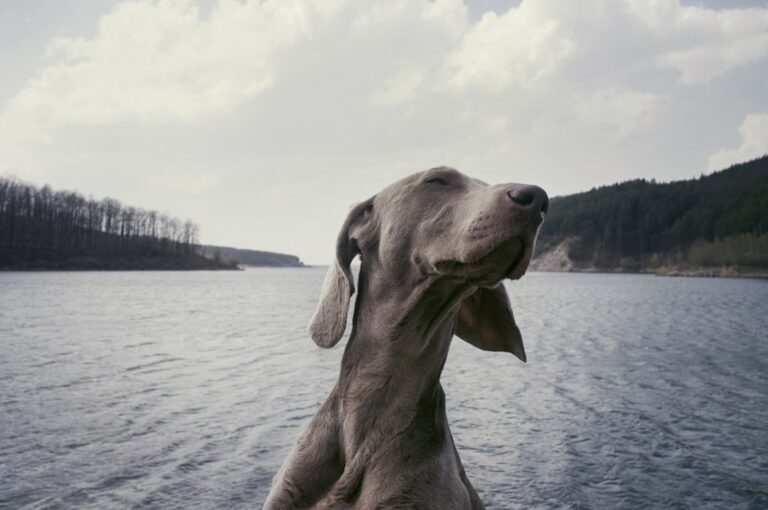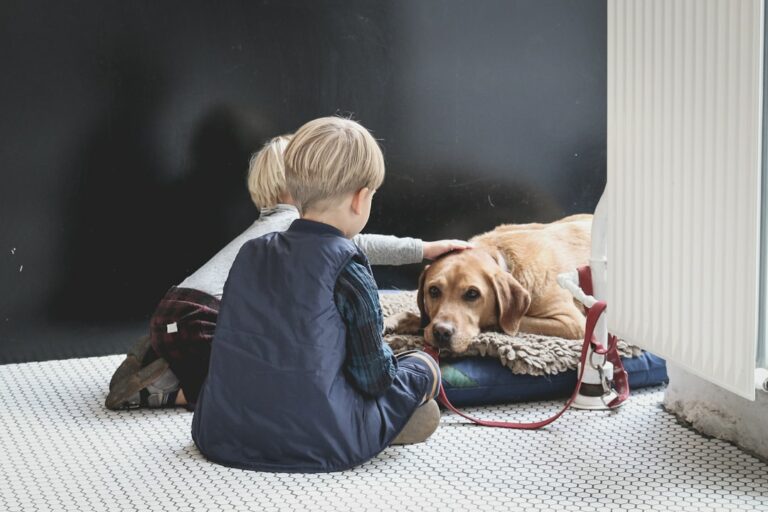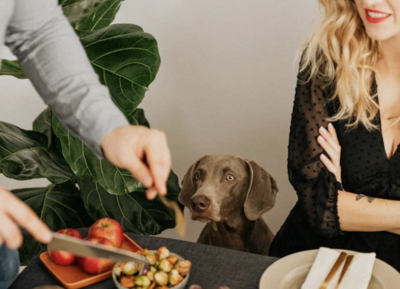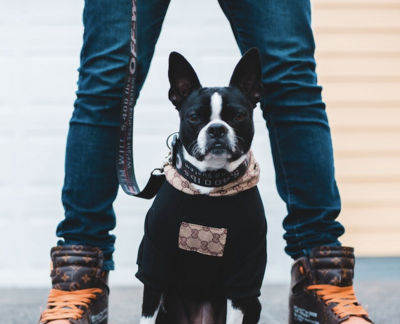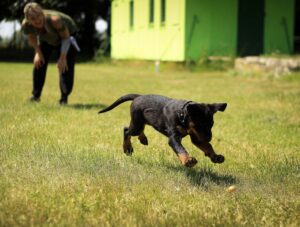Top 10 Tips for Dogs Interaction and Socialization
Ensuring positive interactions and socialization is paramount when it comes to dogs meeting dogs and humans.
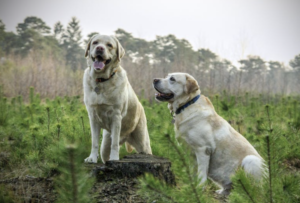
In this comprehensive guide, we explore the best practices that foster a harmonious environment for these interactions. Understanding the nuances of canine communication is key to building strong, positive relationships. From initial introductions to ongoing socialization, we got you here.
Read more to know.
Understanding Canine Body Language
The foundation of successful introductions lies in recognizing and interpreting canine body language.
Tail wags, ear positions, and overall body posture convey crucial information about a dog’s emotional state. Educating owners on these signals promotes safer and more enjoyable interactions, minimizing stress and anxiety for all involved.
On-Leash Greetings
When dogs meet people or other dogs on a leash, proper handling is essential. Tension in the leash can signal discomfort, potentially leading to negative interactions.
Allow dogs to approach gradually, giving them space to assess and sniff one another while maintaining loose leashes.
This controlled introduction sets a positive tone for future interactions.
Neutral Territory for Dog Meetings
Choosing a neutral environment for dog-to-dog introductions helps prevent territorial behaviors.
Parks or open spaces without established boundaries allow dogs to meet without triggering protective instincts.
This neutral ground encourages a more relaxed and open interaction.
Positive Reinforcement for Desirable Behavior
Reward-based training is a powerful tool for reinforcing positive behavior during introductions. Treats, praise, and affection can be used to reward dogs for calm, friendly interactions.
This positive reinforcement creates positive associations and encourages dogs to view meeting others as an enjoyable experience.
Gradual Exposure for Timid Dogs
Timid or anxious dogs benefit from gradual exposure to new people and dogs.
Start with low-stress environments and slowly increase exposure over time.
This approach builds confidence and helps these dogs develop positive social skills at their own pace.
Supervised Playdates
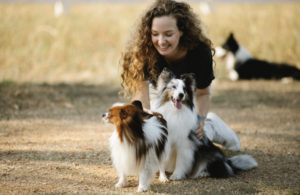
Organizing supervised playdates with known, well-behaved dogs can be instrumental in fostering healthy socialization. These controlled settings provide opportunities for positive interactions while allowing owners to intervene if necessary.
Regular playdates contribute to the development of strong social bonds.
Signs of Stress or Discomfort
Understanding signs of stress or discomfort in dogs is crucial during interactions. These signs may include lip licking, yawning, avoiding eye contact, or sudden changes in body posture.
Recognizing these cues enables owners to intervene before a situation escalates, preventing potential conflicts.
Positive Human Interactions
For dogs meeting new people, positive interactions are equally important. Encourage visitors to approach calmly, offering a hand for the dog to sniff before attempting any petting.
Educating visitors about canine body language and providing treats can create a positive association with meeting new people.
Early Socialization for Puppies
Early socialization is a key component of a dog’s development.
Exposing puppies to a variety of people, environments, and other dogs during their critical developmental period (usually up to 16 weeks) helps them grow into well-adjusted, social adults.
Puppy socialization classes provide controlled environments for these crucial experiences.
Consistency in Training
Consistency is the linchpin of successful socialization.
Owners should maintain consistent training methods, reinforce positive behaviors, and address undesirable behaviors promptly.
This steadfast approach establishes clear boundaries and expectations. Lastly, it can also create a foundation for positive social interactions.
Final Thoughts
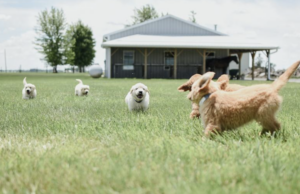
Navigating the complex world of canine socialization requires a nuanced understanding of canine behavior and effective training techniques.
By implementing these best practices, owners can create a positive and enriching environment for dogs meeting people and dogs meeting dogs.
Ultimately, fostering positive social interactions contributes to the well-being of individual dogs. It is also a big help to the creation of a more harmonious canine community.


